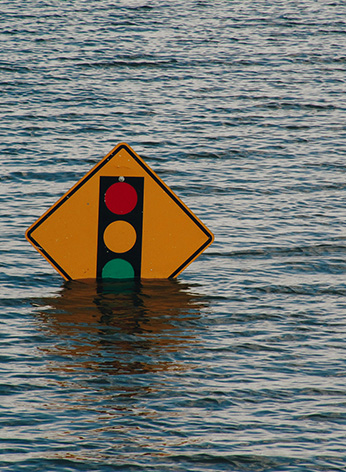Evacuations from High-Risk Locations Call +44 (0)1202 308810 or Contact Us →

Deadly Flooding in North-East India
2 Aug 2018
Due to the ongoing monsoon season spanning from July to September, adverse weather conditions such as heavy rains, mudslides, landslides, and flash flooding have been reported across India, however, the worst-affected region is the north-east of the country. The approximate death toll continues to rise and has surpassed 500 people.
Key Points
- At least 500 people have died due to flooding in north-east India.
- Standing and polluted water poses a risk for widespread disease outbreak.
- Further rainfall is forecast in the region amid the ongoing monsoon season.
Situational Summary
Environmental: Due to the ongoing monsoon season spanning from July to September, adverse weather conditions such as heavy rains, mudslides, landslides, and flash flooding have been reported across India, however, the worst-affected region is the north-east of the country. The approximate death toll continues to rise and has surpassed 500 people.
Flooding has affected widespread rural areas and multiple cities. From 26 July, cities such as Agra, Mainpuri, Muzaffarnagar, Kasganj, Kheri, Raebareli, Lucknow, Kanpur Dehat, Barabanki, Sitapur, Sultanpur, and Delhi have been impacted by flooding. Approximately 10,000 residents of Delhi were evacuated due to rising water levels of the nearby Yamuna River which reached a five-year high as of 31 July. According to figures from India’s Central Water Commission, the Yamuna River at Delhi Railway Bridge situated in the North district stood at 20.60 metres as of 18:00 local time on 31 July, well above the danger level of 20.44 metres. Previously, the highest level reached at this location is 20.74 metres, a record set in September 1978.
Solace Global Comment
The number of deaths is likely to rise in the following weeks, such an event is likely to cause an array of human, environmental, and health risks to the region. Further rain is likely to worsen flooding and cause rivers to burst their banks, which may isolate communities and severely affect transiting the region. The National Disaster Response Force (NDRF) has deployed 43 teams to help regional emergency workers in the affected areas; the success of rescue operations may be limited due to a lack of resources and capabilities.
Flooding also offers human and health factors that pose a risk to residents and travellers. A mass migration of persons may also pose a risk due to an increased level of opportunistic crime in nearby cities. Standing water promotes the spread of water- and mosquito-borne diseases such as cholera, typhoid, and malaria. Alternatively, flooding is likely to have flooded sewage systems, polluting the waters and increase the presence of disease-bearing rodents. To amplify such a hazard, many health centres have halted operations due to the flooding, in one incident, flooding brought both water and fish into the intensive care unit of the Nalanda Medical College Hospital in the city of Patna in Bihar. It is likely that the situation will become more dangerous due to more rainfall forecast in the following days and the extensive clearing operations when flood waters recede that requires sanitary disposal of waste, which may not be available or be difficult to come by.
SECURITY ADVICE
EnvironmentHighTravel to South Asia will be more challenging than usual in the coming weeks and months, until the end of the monsoon season. Environmental risks are not limited to northwest India. The monsoon also afflicts Bangladesh, Pakistan, Sri Lanka, Myanmar, Nepal and other South and South-east Asian nations. Roads, especially in rural areas, are liable to flooding and landslides which will inhibit road travel. Monsoon weather is likely to impact flight schedules, often with little notice.
If travelling to the region, it is important that all journeys are undertaken with careful journey management planning in order to avoid the most affected roads, reducing the risk of injury due to landslides. Travellers should consider that many locations may be unreachable by land, meaning that alternative travel may need to be arranged. Long rural journeys should be cautiously considered in line with the latest weather forecast. Travellers should undertake careful research of any hotels or residences due to be used (if possible), especially given the poor implementation of building standards in the region and the potential for these to be exacerbated by monsoon conditions. Travellers should also ensure preparedness for water- and insect-borne diseases, making sure that the necessary health insurance is in place. Individuals should also be aware that a number of clinics and hospitals, in rural areas especially, are likely to be severely impacted by monsoon flooding, with basic medical supplies likely to become scarce.
In any environmental disaster, it is important to follow the instruction of local officials. In certain locations, including the Indian sub-continent, the preparedness of local officials is not always of a sufficient standard. Travellers should always take note of local media, should any warnings or instructions be issued. In general, the advice when flooding strikes is to do the following:
For most locations in South Asia, Solace Global would advise clients to employ the minimum of a security trained or fully vetted driver. It may also be advisable to employ a close protection officer, dependent on location. Solace Global would also advise clients to use travel tracking technology alongside an intelligence feed. This enables a traveller to inform others should an emergency occur and allows them to stay updated on any security-related incident.